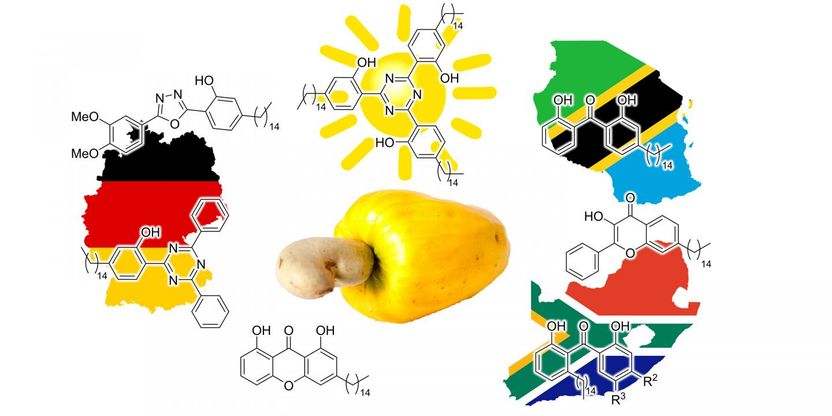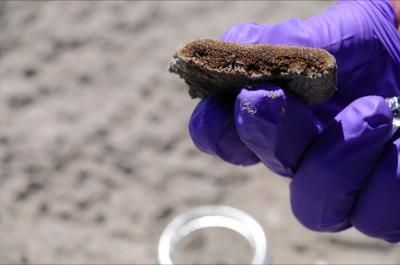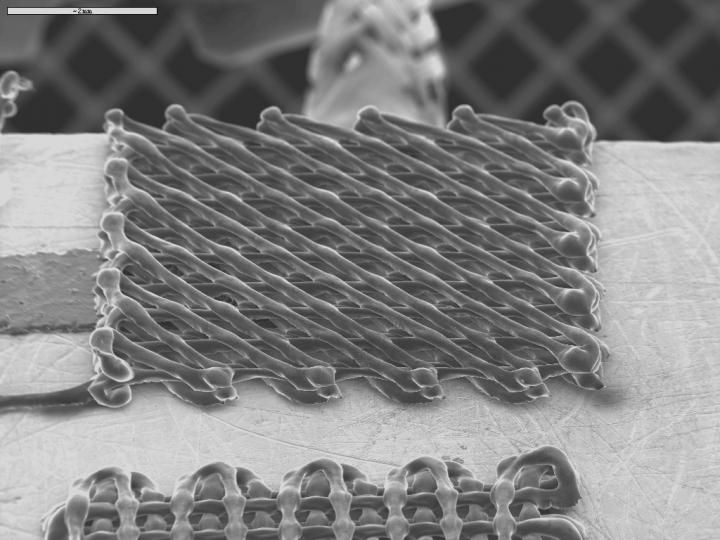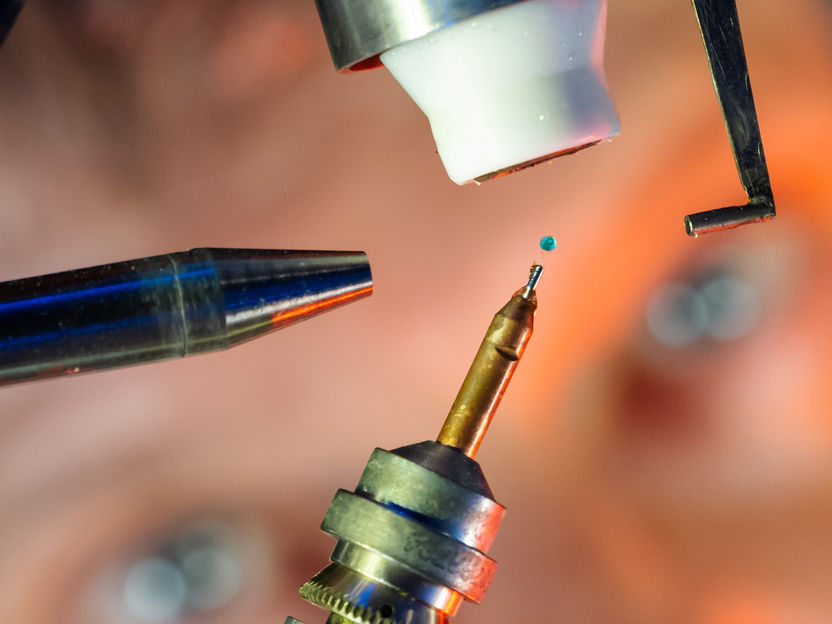Green chemists find a way to turn cashew nut shells into sunscreen
Produce useful compounds from non-edible plant waste through xylochemistry
A team of international scientists has found an environmentally friendly way of producing potential sunscreens by using cashew nut shells, a waste material.

A graphic representation of the international collaboration to find sustainable solutions to produce useful compounds.
Wits University
The team of "green chemists" from the University of the Witwatersrand, along with colleagues from Universities in Germany, Malawi and Tanzania, are working on techniques to produce useful compounds from wood and other fast growing non-edible plant waste, through a chemical process named xylochemistry (wood chemistry). By using cashew nut shells, the team has produced new aromatic compounds that show good UVA and UVB absorbance, which may be applied to protect humans, livestock, as well as polymers or coatings from harmful rays from the sun.
UV rays are damaging to most materials, with its effects leading to the discoloration of dyes and pigments, weathering, yellowing of plastics, loss of gloss and mechanical properties, while it can lead to sunburn, premature aging and even the development of potentially lethal melanomas in both humans and animals.
To mitigate UV damage, both organic and inorganic compounds are used as UV filters. Ideal organic UV filters display a high UV absorption of UVA rays (in the region ranging from 315-400 nm) and UVB rays (280-315 nm). One important family of UV absorber molecules are derived from aromatic compounds known as phenols, which contain a hydrogen-bonded hydroxyl group that plays an important role in the dissipation of the absorbed energy.
For example, an organic compound known as oxybenzone is a common ingredient that has also been added to plastics to limit UV degradation. Apart from their petrochemical origin, a major drawback of current UV protection agents is their negative effect on aquatic ecosystems associated with a poor biodegradability.
As a result, there is growing attention from regulatory bodies and stricter regulations are being enforced on the production of sun filtering products.
"With the current concerns over the use of fossil resources for chemical synthesis of functional molecules and the effect of current UV absorbers in sunscreens on the ecosystem, we aimed to find a way to produce new UV absorbers from cashew nut shell liquid (CNSL) as a non-edible, bio renewable carbon resource," says Professor Charles de Koning, of the Wits School of Chemistry and principal author of the paper, together with Till Opatz from Johannes Gutenberg University in Mainz, Germany.
"Cashew nut shells are a waste product in the cashew-farming community, especially in Tanzania, so finding a useful, sustainable way to use these waste products can lead to completely new, environmentally friendly ways of doing things."
The team has already filed a patent application in order to commercialise the process in South Africa.
Original publication
Other news from the department science

Get the chemical industry in your inbox
By submitting this form you agree that LUMITOS AG will send you the newsletter(s) selected above by email. Your data will not be passed on to third parties. Your data will be stored and processed in accordance with our data protection regulations. LUMITOS may contact you by email for the purpose of advertising or market and opinion surveys. You can revoke your consent at any time without giving reasons to LUMITOS AG, Ernst-Augustin-Str. 2, 12489 Berlin, Germany or by e-mail at revoke@lumitos.com with effect for the future. In addition, each email contains a link to unsubscribe from the corresponding newsletter.
Most read news
More news from our other portals
Last viewed contents

Deepwater Horizon: Identifying harmful elements of persisting oil
Carboxylic_acid

3-D printing and nanotechnology, a mighty alliance to detect toxic liquids
Better batteries inspired by lowly snail shells
Researchers use light to detect Alzheimer's - New technique may help identify ways to predict and prevent deadly disease

























































